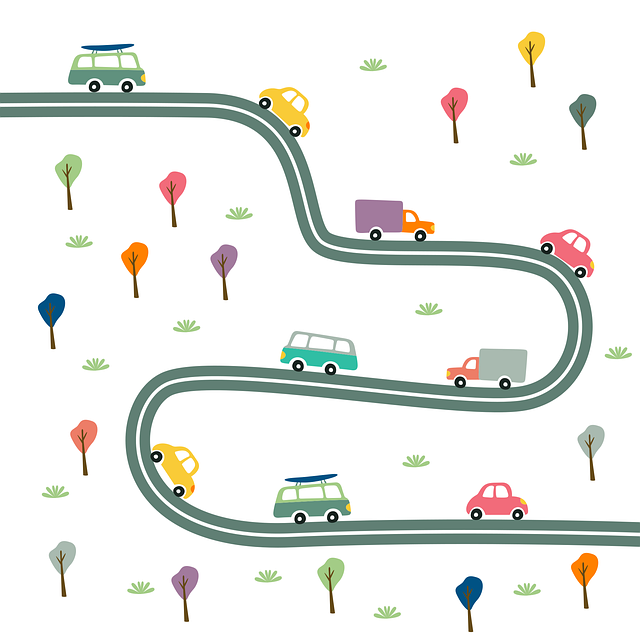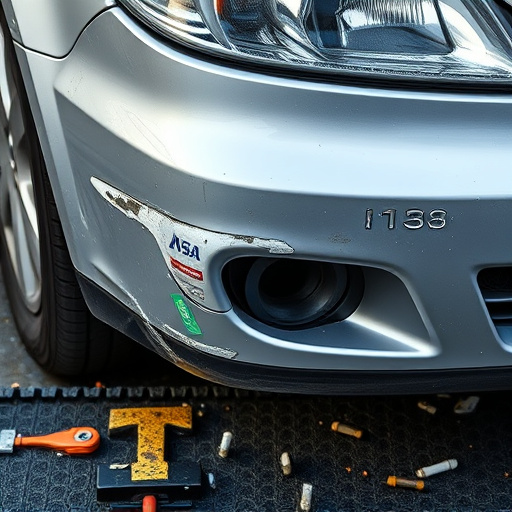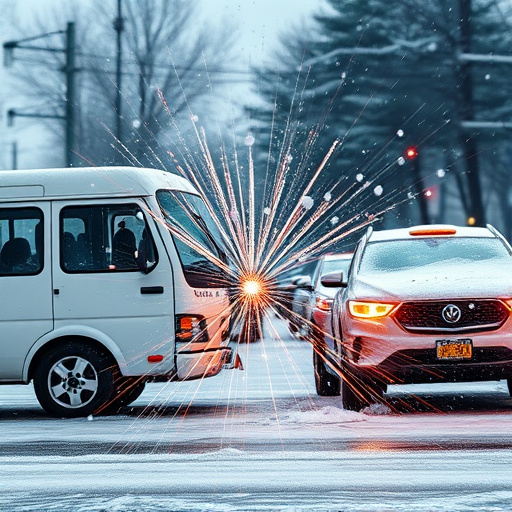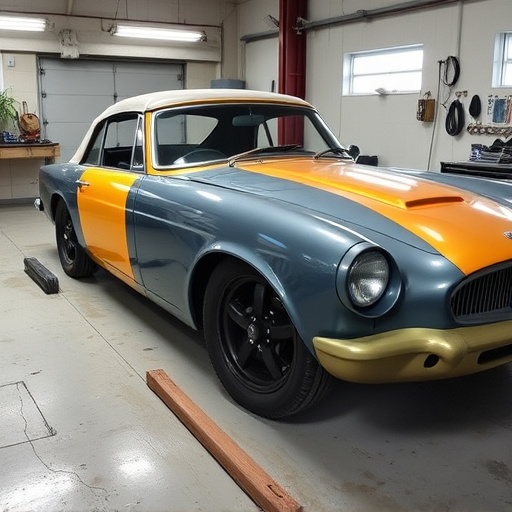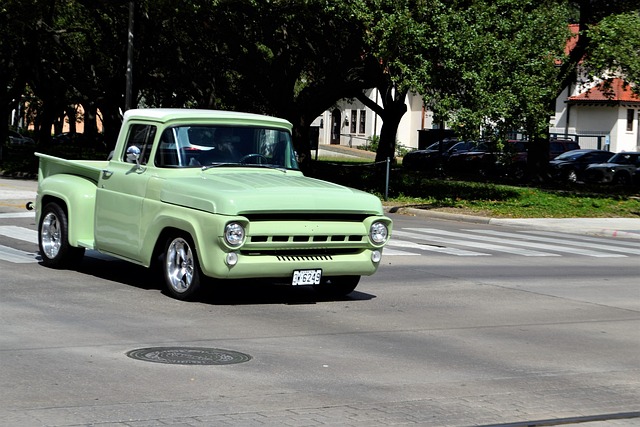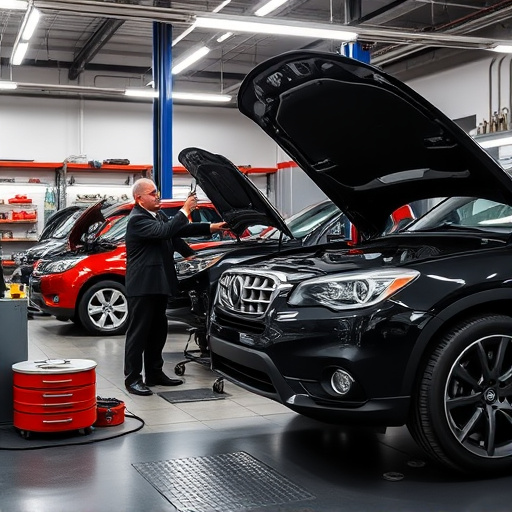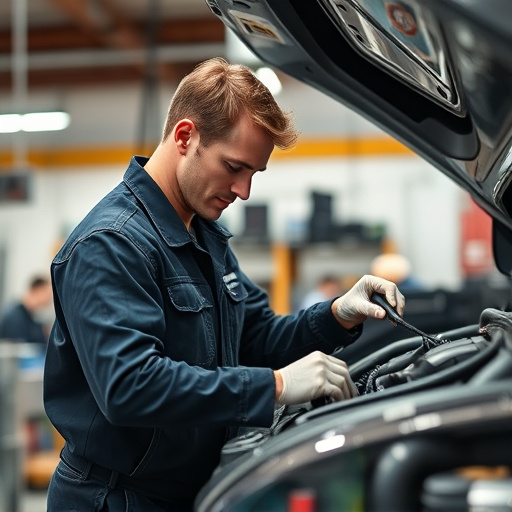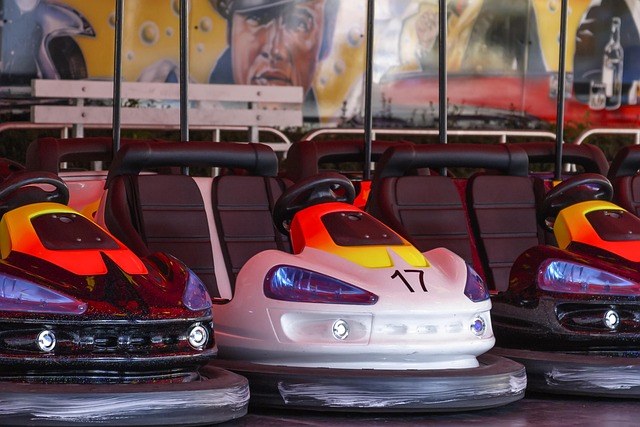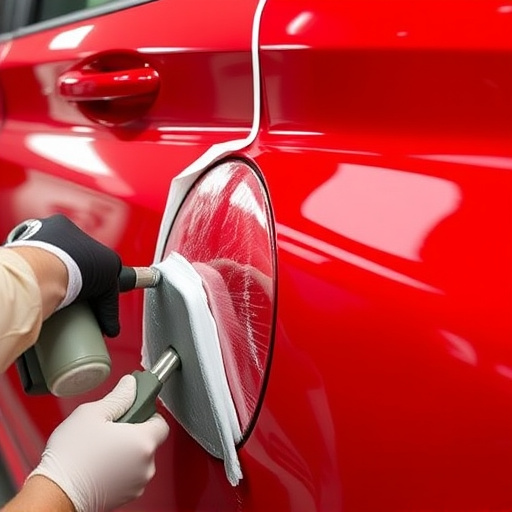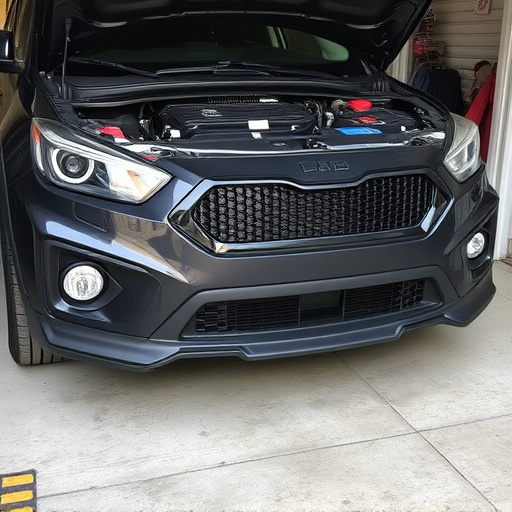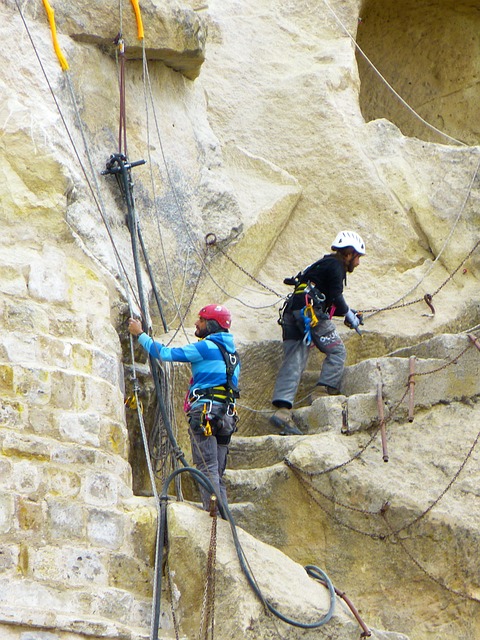Professional PDR (Paintless Dent Repair) is a cost-effective way to repair car dents without painting, preserving original finishes. Technicians assess damage and use specialized tools to manipulate metal beneath the surface. Setting up a well-organized work area with high-quality tools and proper lighting is crucial for success. Surface preparation and paint matching, including cleaning, decontamination, and accurate paint analysis, ensure invisible repairs indistinguishable from the surrounding area.
Unleash the power of Professional PDR (Paintless Dent Repair) techniques to transform your auto repair game! This comprehensive guide reveals the secrets to effective dent removal without paint damage. Learn how to master the art of surface preparation and precise paint matching, ensuring flawless results. From setting up your efficient workarea to understanding the fundamentals, this step-by-step approach will empower you to offer top-notch professional PDR services.
- Understand the Basics of Professional PDR Techniques
- Prepare Your Workarea and Tools for Optimal Efficiency
- Master the Art of Surface Preparation and Paint Matching
Understand the Basics of Professional PDR Techniques
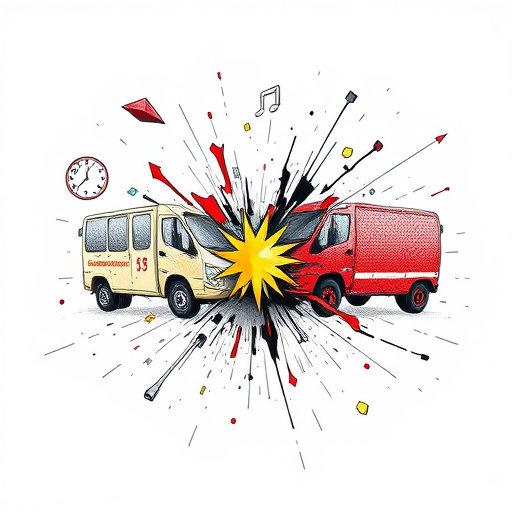
Professional PDR (Paintless Dent Repair) techniques are a specialized method for fixing dents and dings on cars without painting or replacing panels. This process has gained popularity in the automotive industry due to its cost-effectiveness, efficiency, and minimal disruption to the original finish of a vehicle. The key to applying these techniques effectively lies in understanding the science behind it.
Professional PDR involves using specialized tools and equipment to manipulate the metal beneath the surface, allowing for the removal of dents while preserving the factory finish. Trained technicians use their expertise and precision to identify the type and severity of the damage, choosing the most suitable PDR method. Whether it’s a minor door ding or a more significant fender dent, mastering professional PDR requires knowledge of metal properties, proper tool selection, and meticulous attention to detail. The goal is to restore the vehicle to its original condition, ensuring that the repair is virtually invisible to the naked eye in the case of luxury vehicles at car body shops.
Prepare Your Workarea and Tools for Optimal Efficiency
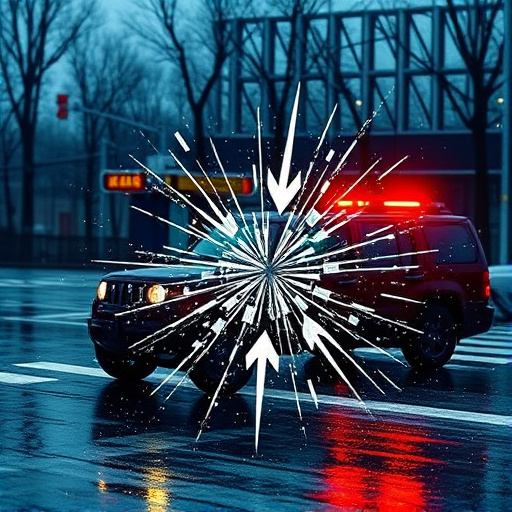
Before you begin applying any professional PDR (plastic restoration) techniques, preparing your workarea and tools is paramount for achieving optimal efficiency. A well-organized space ensures smooth workflow and minimizes time wasted on searching for equipment. Start by clearing a designated area in your vehicle body shop or auto body services facility, ensuring it’s free from clutter and debris. Invest in high-quality tools specifically designed for PDR, including pneumatic tools, mallets, and specialized kits – these are essential for precise work. Properly maintaining and calibrating your equipment is also crucial; a well-maintained tool kit performs better and lasts longer, reducing the need for frequent replacements or repairs.
Organize your workarea with a clear layout, grouping similar tools together. This setup facilitates quick access during the restoration process, allowing you to focus on the task at hand without interruption. Additionally, ensure adequate lighting in the area, as good visibility is critical for meticulous work. Remember, an efficient and well-prepared workspace translates directly into better results for your car repair services – happy customers and a smoother workflow await!
Master the Art of Surface Preparation and Paint Matching

Mastering the art of surface preparation and paint matching is a crucial step in any professional PDR (Paintless Dent Repair) technique. It’s the foundation upon which the rest of the repair process rests. Before attempting any dent removal, ensuring the surface is clean, decontaminated, and free from debris is paramount. This involves using specialized cleaning agents and tools to eliminate dirt, grease, and fingerprints, which can hinder the PDR process and compromise the final finish.
Accurate paint matching is another critical aspect of professional PDR. It requires a keen eye for detail and a deep understanding of paint composition. Technicians must match not just the color but also the sheen, texture, and even the age of the paint to ensure a seamless blend that’s virtually indistinguishable from the surrounding area. This skill set, combined with advanced tools like paint analyzers and custom-mixed paints, allows auto repair shops to deliver top-notch vehicle restoration results, leaving cars looking as good as new.
By understanding the fundamentals of professional PDR techniques, properly preparing your workspace and tools, and honing your skills in surface preparation and paint matching, you’ll be well-equipped to apply these techniques effectively. Professional PDR (Paintless Dent Repair) not only enhances vehicle aesthetics but also conserves time and resources compared to traditional repair methods. Embrace these practices to become a master at PDR and deliver exceptional results for your clients.

